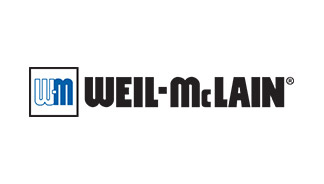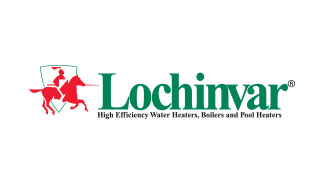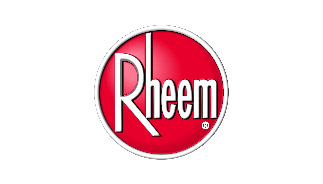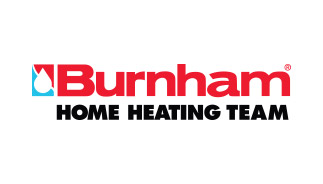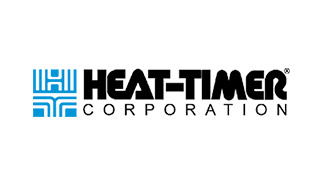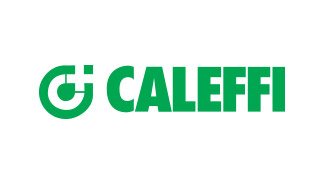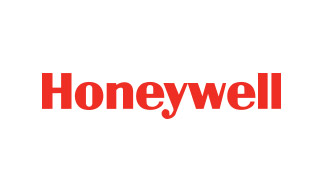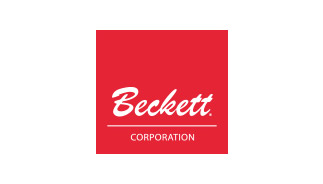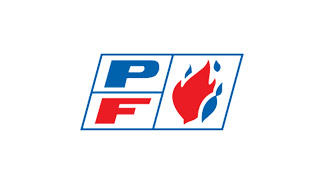Published on
February 5th, 2024What Is a Back-Pitched Pipe in a Steam Heating System?
Many properties in New York City use steam heat and steam boilers. Steam systems are efficient and work well when maintained properly. The system heats the feedwater, causing it to transform into steam. Once it reaches the steam phase, the pressure and pumps propel the steam through the pipes to the radiators. The steam cools, condenses, and then cycles back to the boiler for reheating.
The system’s efficiency and functionality depend on piping and radiator angles. A back-pitched pipe is the centerpiece of the circular and somewhat regenerative system. Learn more about pipe pitch and why it is important.
What Is a Back-Pitched Pipe, and Why Does It Matter?
Return and Flow
Steam piping requires a pitch back toward the boiler. The pitch rate should be a quarter to half an inch for every 10 feet of pipe. Without the correct pitch, condensate can pool inside the piping, leading to issues with noise, heat loss, and premature wear. Proper slope ensures that gravity and steam flow move condensate to drain points, allowing it to feed back into the boiler.
Pitch is necessary in every system, whether single or two-pipe. The pitch sends all condensate to the return lines, keeping the main lines clear and preventing problems like water hammer and corrosion. Returned condensate can also help improve boiler efficiency.
Efficiency
As steam transforms to liquid, condensate forms. Condensate contains lower levels of dissolved solids and less oxygen than feedwater, allowing for reduced blowdown rates and minimized corrosion risks when operations capitalize on condensate returns with back-pitched pipe. Also, the returns reduce the need for make-up water.
Condensate returns can also provide fuel savings and greater steam production. Returned condensate is still relatively hot, between 130 F and 225 F, meaning it reduces heating time in the boiler, allowing boilers to conserve fuel. Rough calculations suggest that energy in the condensate can be over 10% of total steam energy in a typical system.
Quiet Operations
Correct pitch helps condensate drain from the pipes, enter return lines, and feed back into the boiler. The elimination from the pipes is essential to the system’s quiet operation. If the pipe’s angle is incorrect and pooling occurs, the interaction between hot steam and cooled condensate creates bubbles and pressure fluctuations, resulting in noise.
If tenants frequently complain about knocking, rattling, or other noises from the radiators or piping, there is likely a problem with system pitch. Either piping or radiator angles are incorrect and need adjustment. Calray Boiler can help assess the system and ensure everything drains properly and that pipe and radiator pitches or angles are correct.
What Are Common Problems With Improper Pitch, and How Do You Resolve Them?
Noises
Water hammer is noise caused by excess condensate in the boiler pipes. If installers do not angle the back-pitched pipe correctly, condensate may not flow out of the pipes and into the return. The trapped water sits in a cross-sectional area where it continues to cool.
When high-velocity steam moves through the pipes, it propels the trapped condensate against the pipe walls. The collision between condensate slugs or liquid drops and pipe fittings and equipment creates a loud and raucous chorus every time the system cycles on. Knocks, bangs, clangs, and more echo through the pipework, giving rise to tenant inquiries and complaints.
Energy Waste
If condensate gets stuck in the piping cross-sections, it cannot return to the boiler, resulting in energy waste. The boiler must compensate for the missing hot condensate by adding cold feedwater. Feedwater rests at temperatures between 50 F and 60 F, significantly colder than condensate returns. The colder temperature means the boiler must use more fuel and spend more time heating the water to achieve adequate pressure and steam levels.
Heat loss is another common problem when the condensate gets trapped in the system. As it sits in the pipes, it cools. As steam passes and interacts with the condensate, it loses heat. Therefore, the boiler must cycle on more often to maintain building temperatures.
Corrosion
An incorrectly angled back-pitched pipe can also result in premature system wear. While steam systems use durable materials to reduce the threat of corrosion, standing water or condensate in the lines can cause damage. The exposure of iron to water and oxygen leads to corrosion, which is a chemical reaction that leads to rust and material disintegration.
The spread of rust can cause system-wide contamination, leading to burst pipes, valve malfunctions, and other problems. Calray Boilers can keep boilers running efficiently and correctly with routine maintenance and inspections. If strange noises occur in your building, schedule an inspection to avoid corrosion and other issues.
Why Maintenance and Inspections Are Critical to System Operations, and How Do You Keep Up With Schedules?
Annual Service Contracts
As with all mechanical equipment, steam boilers require regular maintenance and inspections. When well-cared for, the systems have a long lifespan, but when neglected, a boiler may not even last the standard 15 to 25 years.
Even if boiler installations are correct, with vibrations, settling, and routine use, things can shift over time, including pipes and connections. Shifting creates opportunities for problems. Building owners can avoid most common problems by signing an annual service contract with Calray Boilers.
An annual service contract covers all routine maintenance and inspections. The agreement also ensures that building owners and their properties get preferential treatment for scheduling and emergency repairs.
How Can You Ensure the Performance and Pitch of Your Back-Pitched Pipe?
Professional Installation and Upkeep
A back-pitched pipe is essential to avoid many common problems associated with steam systems. The correct angle prevents pockets of condensation, reducing the risks of water hammer, corrosion, and boiler inefficiency. A professionally installed and well-maintained system ensures your boiler and its piping operate correctly. If you notice strange noises or your boiler consumes more fuel than usual, call Calray Boilers at 212-722-5506 to schedule an inspection. Also, if you want to ensure that your steam boiler reaches its maximum use life, talk to us about our annual service contracts.
